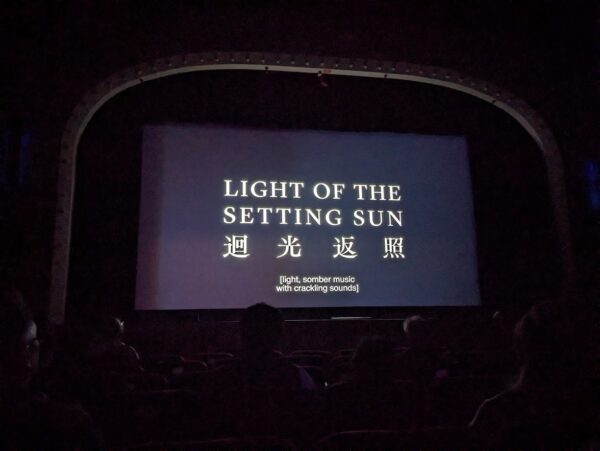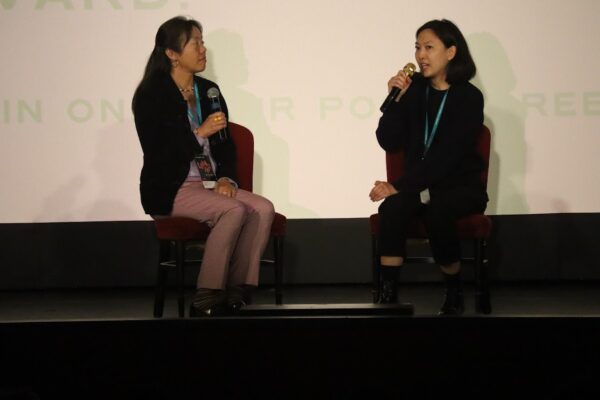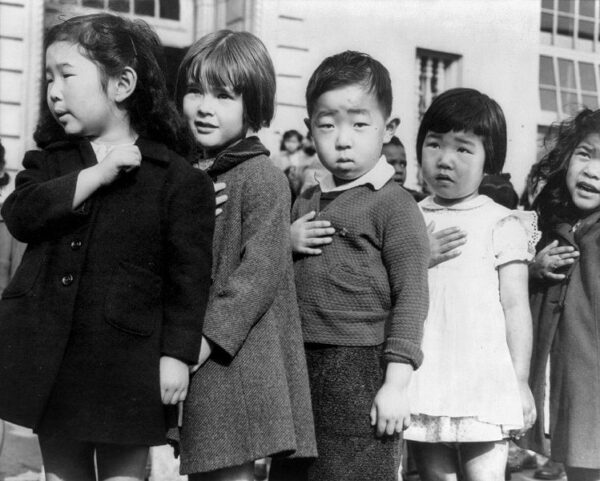
Asian Americans have often been lauded for their high financial and educational achievements, despite being second-class citizens when they first arrived in America. They have some of the highest average incomes, educational attainment, and standards of living in the US, even compared to White Americans. However, since the COVID-19 pandemic and the rise in inflation, many Americans have had to juggle between rising costs and stagnant wages, leading to an increase in homelessness and a shrinking middle class. Have Asian Americans, long touted as the “model minority”, fared better or worse since then compared to the rest of American society?
According to data from the Pew Research Center, the answer is pretty simple: Asian Americans are doing far better than their counterparts. Though American society as a whole had a shrinking middle class and a slightly larger working class, Asian Americans have had the opposite – not only is their working class shrinking and middle class growing, but the percentage of Asian Americans in the upper income bracket has increased far more than their middle class. Around half of Asian Americans are middle class, while almost a third are in the upper income bracket, both of which outnumber the 1/5th of Asian Americans in the working class. Without a doubt, Asian Americans are faring better than the rest of American society.
However, that is only the general bigger picture, and the details are not all rosy. When examining the overall growth in income among Asian Americans, they tend to be largely concentrated in the upper-income bracket, which grew by a quarter. Middle and working-class Asian American communities have seen a much slower growth rate in income at 16% and 11% respectively from 2009 – 2022. We can see the impacts of this reflected in the share of overall household incomes in Asian American communities; since 2009, the share of the middle and working class has actually decreased, while only the upper income has increased – a reflection of the rising intra-demographic class inequality.
The inequality becomes more stark when we begin to break down the demographic of Asian Americans into their respective country of origin; at the top of the income hierarchy are Indians, Chinese, and Japanese Americans, while Burmese, Hmong, and Laotians remain at the bottom. Over 50% of Burmese Americans are considered to be working class, while only 15% of Indian Americans are working class. These demographic trends reflect the economic inequality between the countries of origin – following the rise of China, India, and Japan, emigrants from those countries have become increasingly wealthier as their country’s economy grew wealthier, giving them a significant advantage over the Southeast Asian counterparts in the US.
When we consider the amount of each Asian American sub demographic, it becomes clear why the Asian American demographic as a whole is considerably wealthy: Chinese, Indian, and Filipino American populations combined constitute over half of all American American populations. Chinese and Indian Americans have the largest upper-income populations, while Filipinos have the largest middle-class population, illustrating how the Asian American demographic is heavily skewed towards the middle and top income brackets due to the large populations from the aforementioned countries. Although Asian Americans as a whole may be doing better than before, this cannot be said for every Asian American sub demographic group who has not experienced rapid economic growth in their home country.
(Photo Credit: Dorothea Lange licensed under the Creative Commons Attribution-Share Alike 3.0 Unported license.)

 China’s rise to economic dominance in the late 1900s largely came from its massive population and the cheap labor that it provided to foreign corporations, with “
China’s rise to economic dominance in the late 1900s largely came from its massive population and the cheap labor that it provided to foreign corporations, with “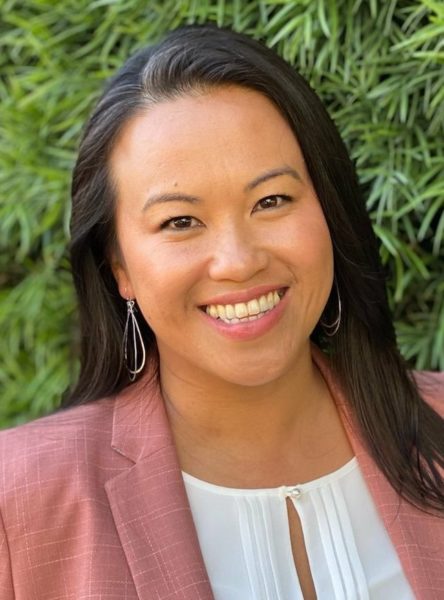


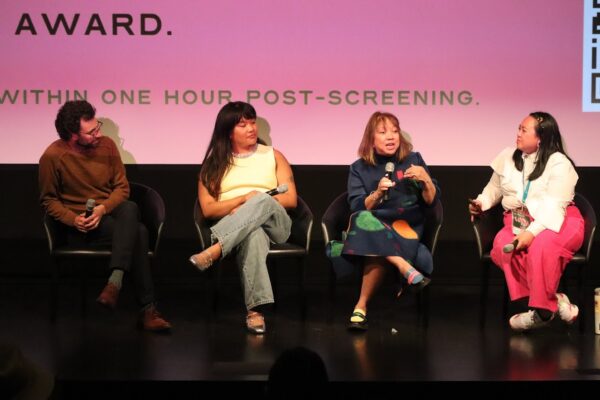
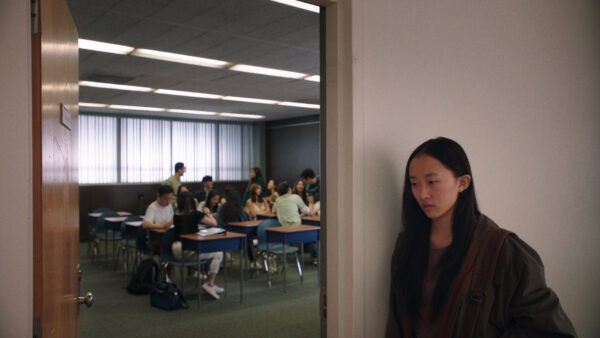


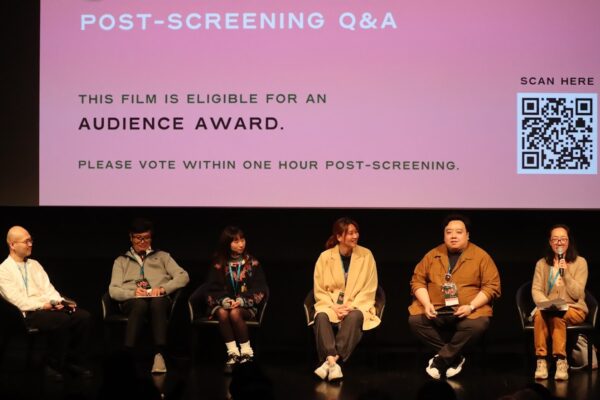 In the Q&A, the filmmakers discussed the semi-autobiographical nature of the film, as well as the role of lyricists in the Cantonese music industry,
In the Q&A, the filmmakers discussed the semi-autobiographical nature of the film, as well as the role of lyricists in the Cantonese music industry, 

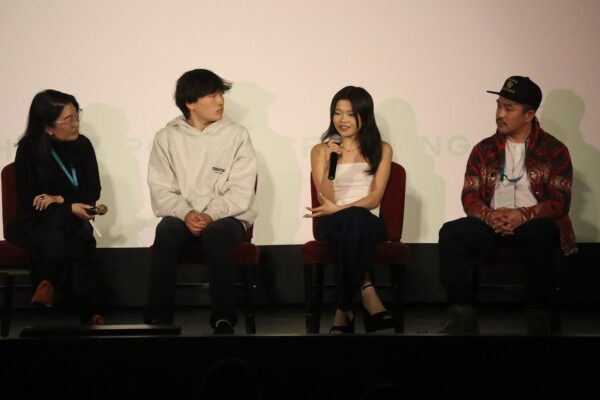
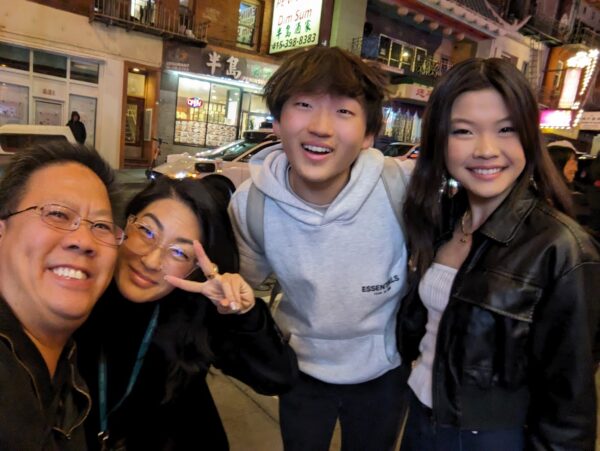 After the Q&A and outside the theater, I was able to get a selfie with director Jean Shim and actors Emerson Min and Miya Cech.
After the Q&A and outside the theater, I was able to get a selfie with director Jean Shim and actors Emerson Min and Miya Cech.